Mercedes-Benz, a globally renowned name in the automotive industry, is going through significant internal management restructuring to ensure future growth.
As part of Mercedes-Benz Group AG’s strategy, this transformation enhances production, supply chain management, and technological advancement to meet emerging consumer preferences. The restructuring streamlines operations, improves cash flow, and strengthens Mercedes-Benz’s position in key markets.
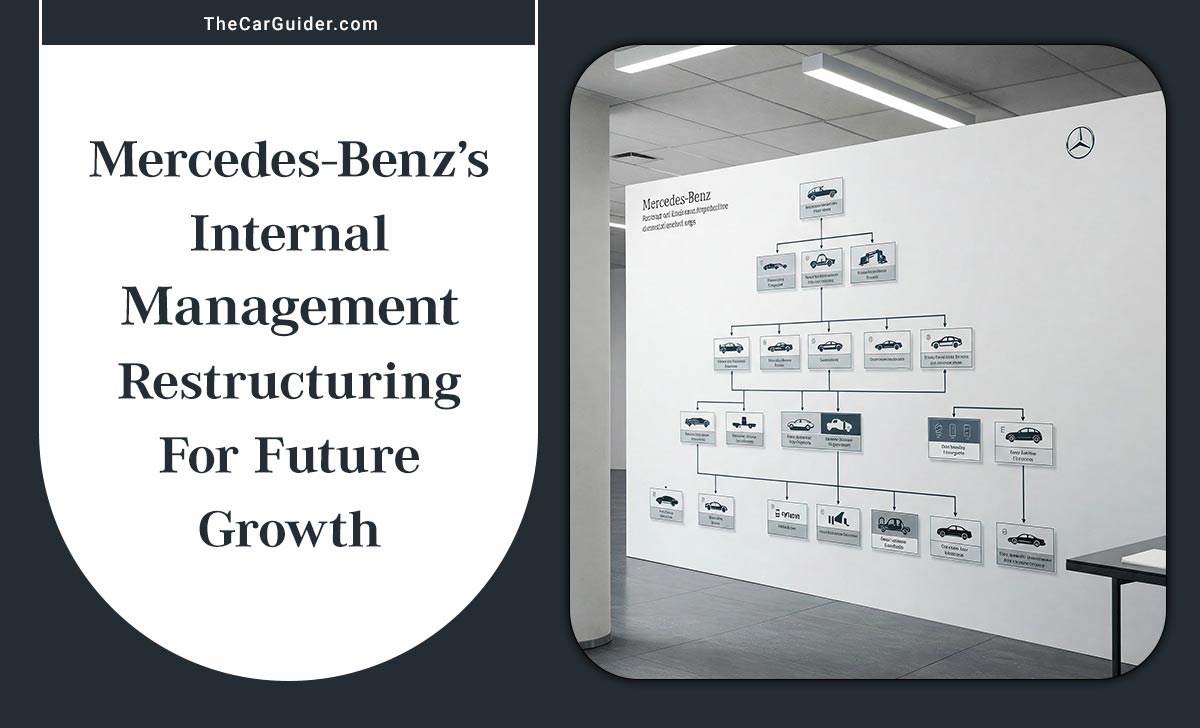
What Are The Internal Management’ Focuses For The Restructuring
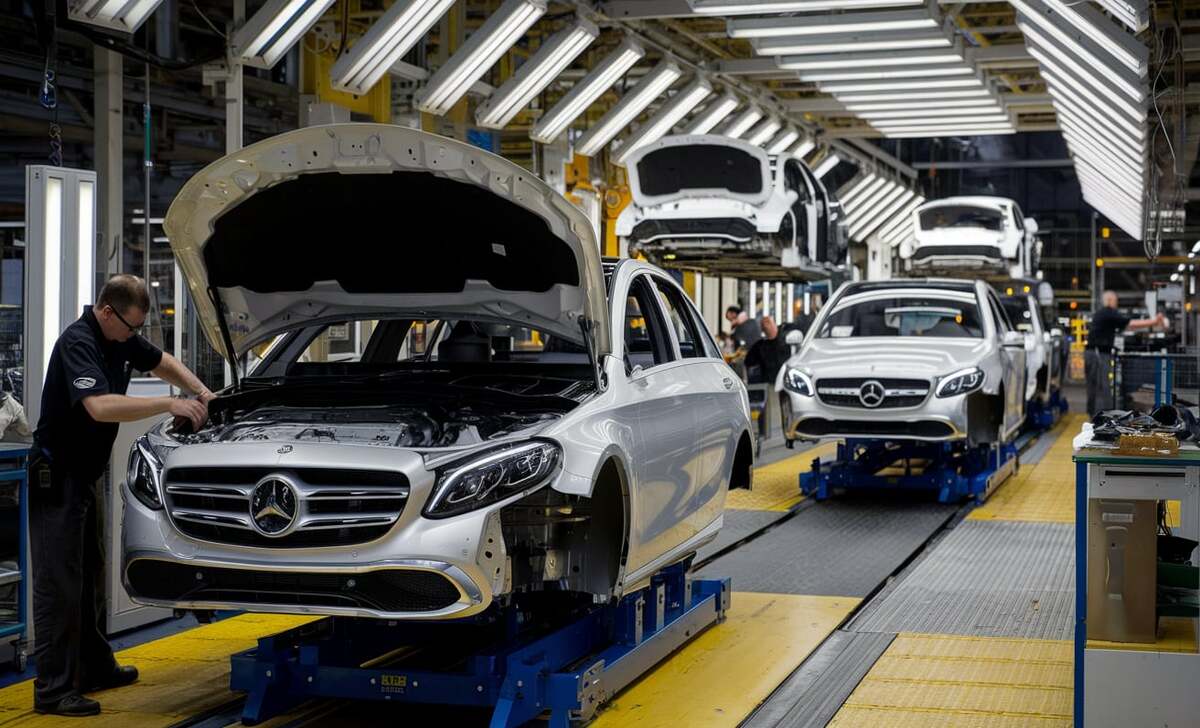
The internal management restructuring at Mercedes-Benz Group AG focuses on efficiency, innovation, and sustainability. Key priorities include electric mobility, supply chain optimization, cost reduction, digitalization, and financial stability. By streamlining production and enhancing R&D expenditure, the company aims to strengthen market positioning and adapt to evolving consumer preferences.
Focus On Electric Mobility
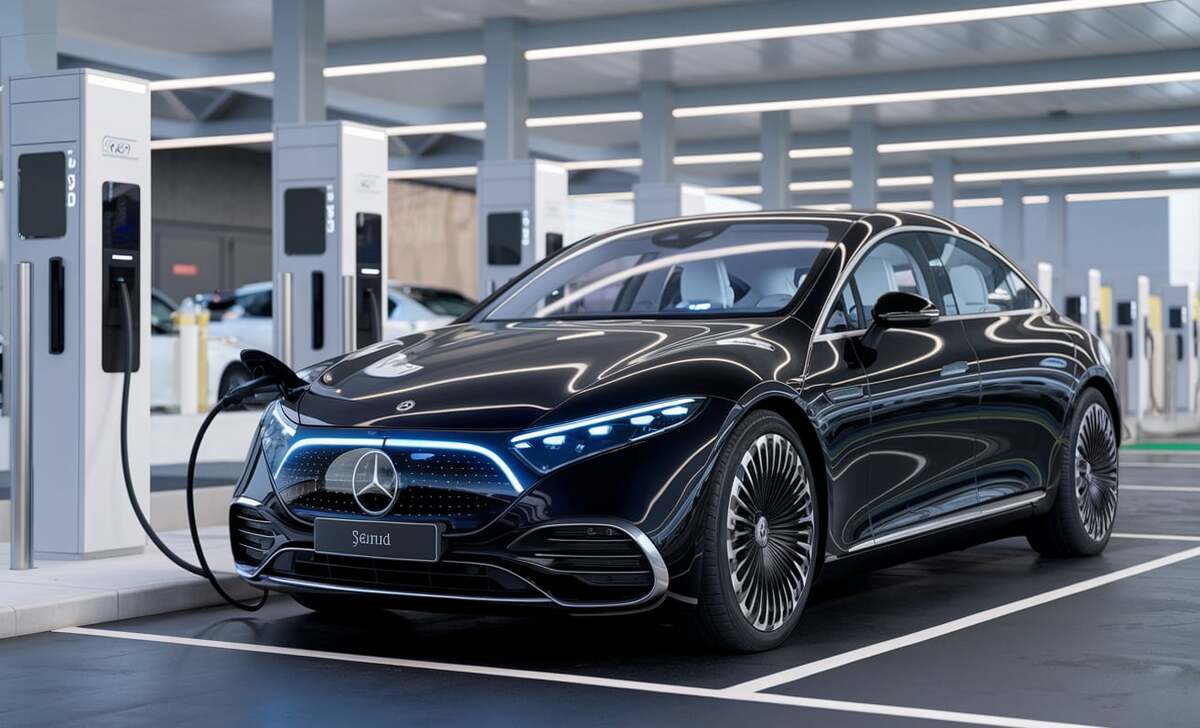
One crucial shift in the restructuring strategy is the emphasis on Electric Mobility. Mercedes-Benz AG is transitioning from internal combustion engine vehicles to electric cars to meet the rising demand for sustainable transport. The company refines its product strategy to deliver more electric cars, aligning with renewable energy trends and global carbon reduction goals.
Renata Jungo Brüngger highlights the importance of renewable energy in this transformation. Mercedes-Benz Mobility is expanding electric services globally. By enhancing production efficiency, the company secures long-term success in the evolving automotive industry.
Restructuring The Supply Chain
Another key component is the supply chain optimization. Mercedes-Benz Group improves supply chain management to counter disruptions affecting the automotive industry. These improvements minimize production delays and improve group revenue and cash flow.
The management strengthens supplier relationships while investing in technological advancements. The integration of artificial intelligence and digitalisation helps resolve material adjustments, reducing shortages and delivery delays. These efforts ensure that production facilities remain efficient and adaptable to market conditions.
Financial Health And Revenue Growth
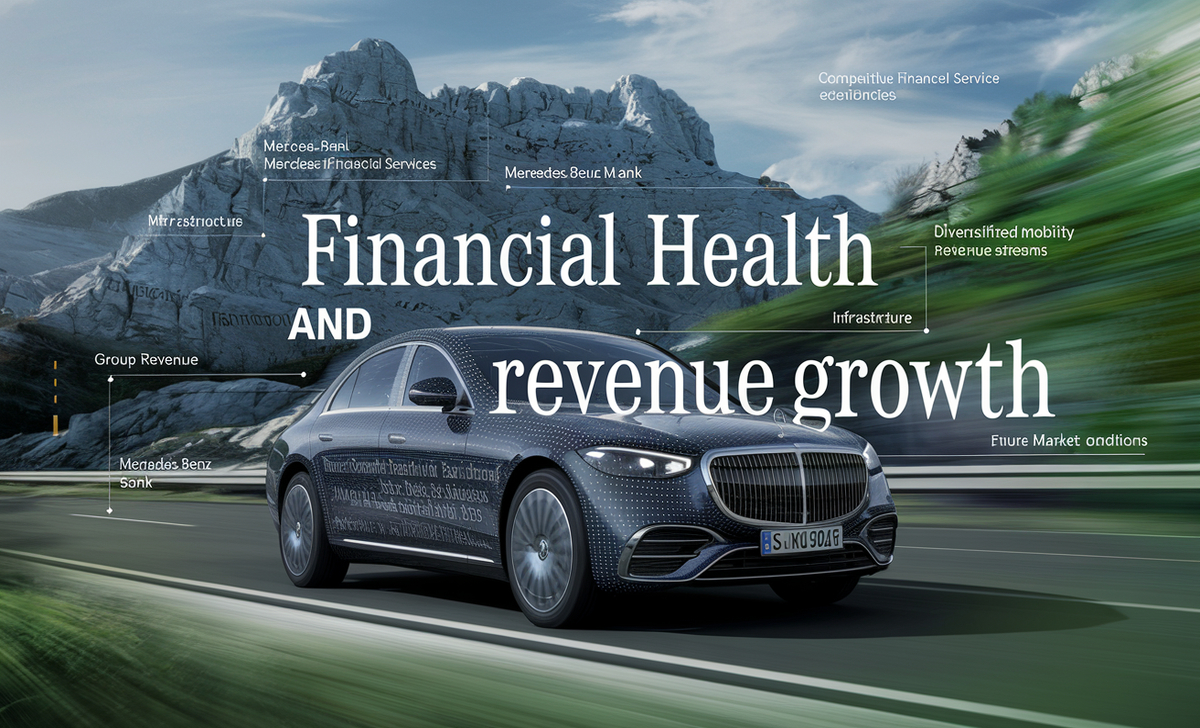
Mercedes-Benz Financial Services and Mercedes-Benz Bank are improving cash flow and ensuring financial stability. The restructuring focuses on increasing the adjusted cash conversion rate, enabling reinvestment in R&D expenditure and infrastructure. Mercedes-Benz Group AG aims to boost group revenue while keeping financial services competitive.
The restructuring also refines divisional guidances for Mercedes-Benz Mobility. The company diversifies mobility revenue streams to meet shifting consumer preferences. This enhances financial resilience and aligns with future market conditions.
Leadership And Strategy
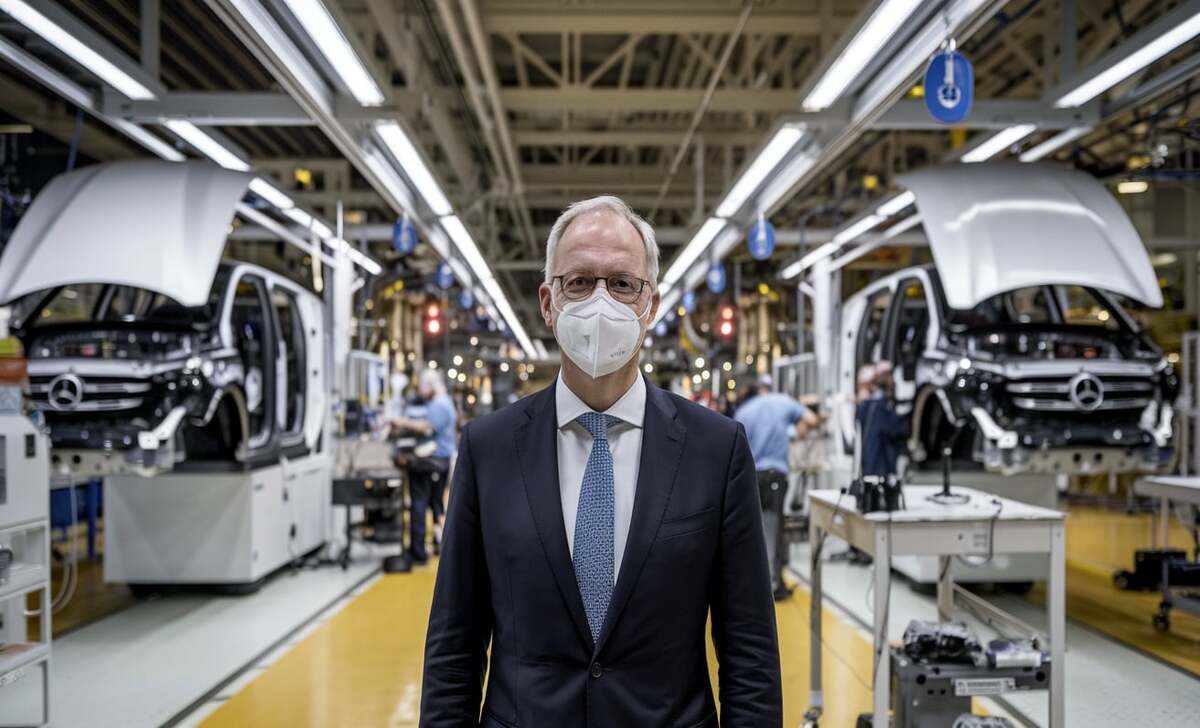
The company fosters automotive innovation under Markus Schäfer, the Chief Executive Officer (CEO) of Mercedes-Benz Group AG. Daimler AG and Daimler Truck AG remain competitors, but Mercedes-Benz AG integrates synergies to increase efficiency.
Schäfer focuses on technological advancement and operational improvement. The leadership aims to address prior year level challenges while maintaining level performance in electric and luxury markets.
Technological Advancements And R&D
Mercedes-Benz continues to lead in automotive innovation. The company increases R&D expenditure to advance artificial intelligence, autonomous driving, and electric mobility. These efforts enhance Mercedes-Benz Cars and Mercedes-Benz Trucks.
Digitalisation plays a key role in improving Mercedes-Benz Car experiences. Artificial intelligence and digital tools are embedded across production facilities, elevating efficiency and connectivity.
Fostering Global Competitiveness
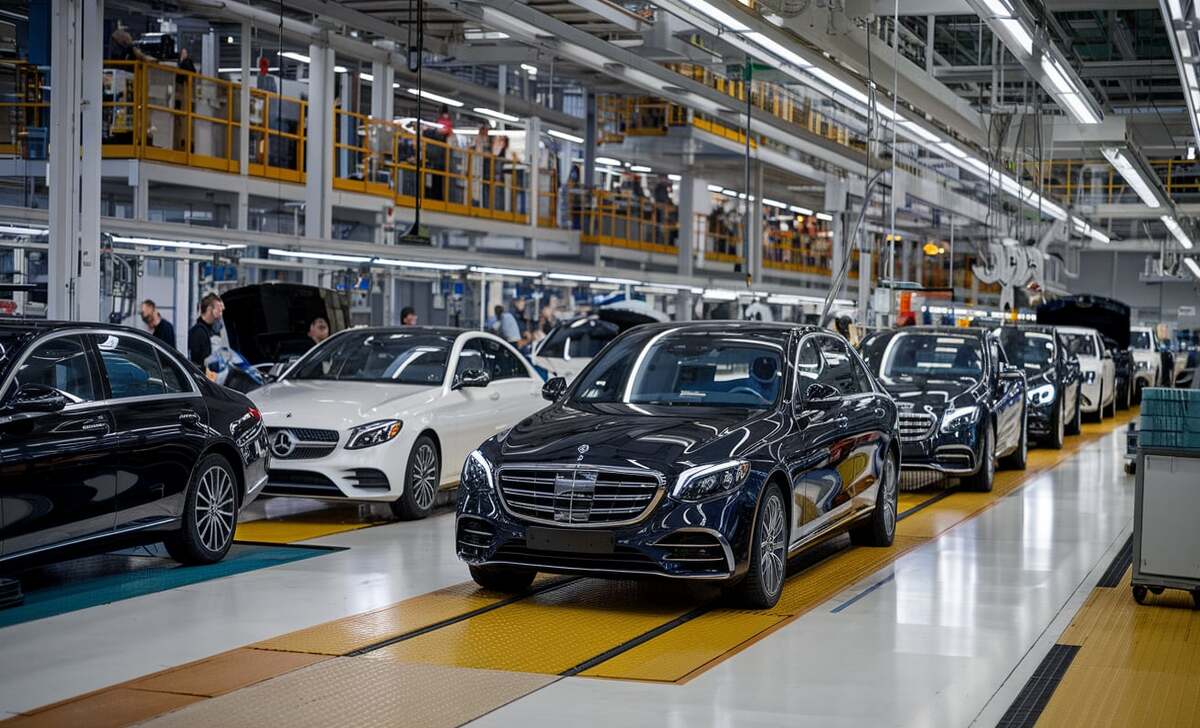
Mercedes-Benz Group strengthens its position in key markets like North America, Europe, and Asia. The company tailors its product strategy to varying consumer preferences, ensuring compliance with sustainability standards while maintaining luxury.
The company aligns operations with evolving market conditions. It monitors General Motors and other competitors while adjusting production and sales strategies. Whether driven by electric mobility growth or changing consumer preferences, Mercedes-Benz remains adaptable.
Addressing Sustainability Challenges
Sustainability is at the core of Mercedes-Benz AG’s restructuring. The company enhances its product strategy by adopting sustainable materials, cutting emissions, and refining the supply chain. Material adjustments reduce waste while increasing production efficiency.
Beyond Mercedes-Benz Cars, the company integrates a circular economy model, reusing and recycling materials in production facilities. Incorporating renewable energy helps reduce environmental impact and meet sustainability goals.
The Negative Side Of Restructuring
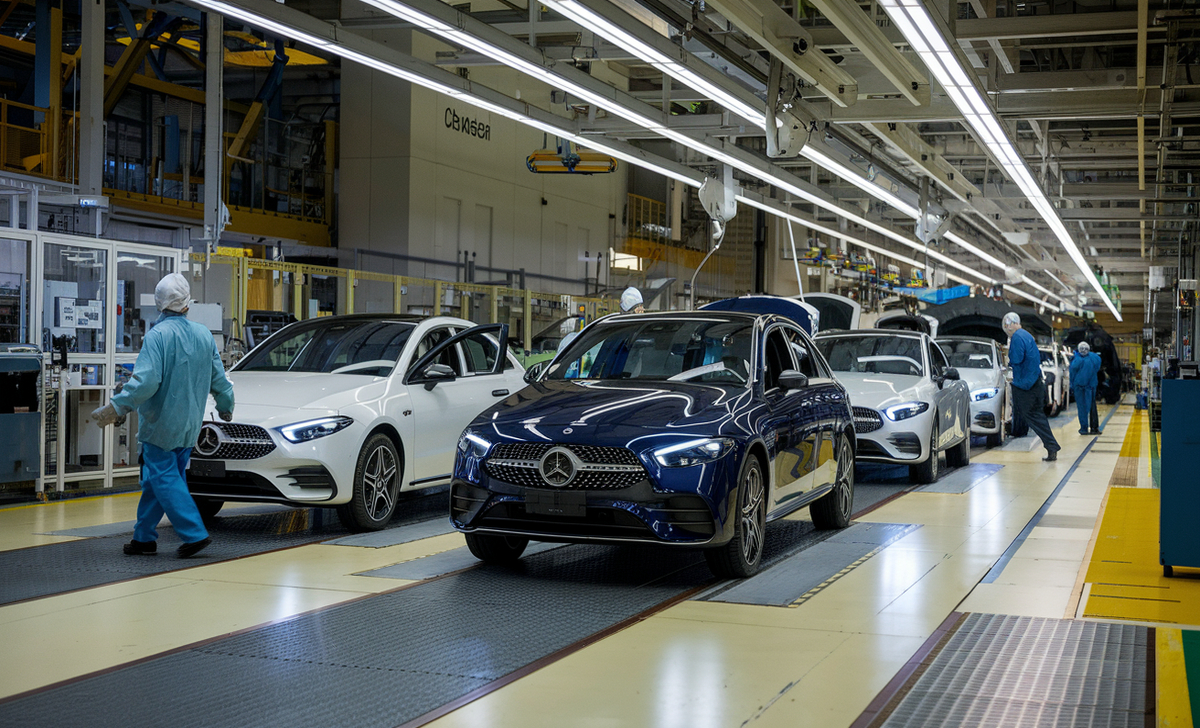
1. High Initial Costs And Financial Risks
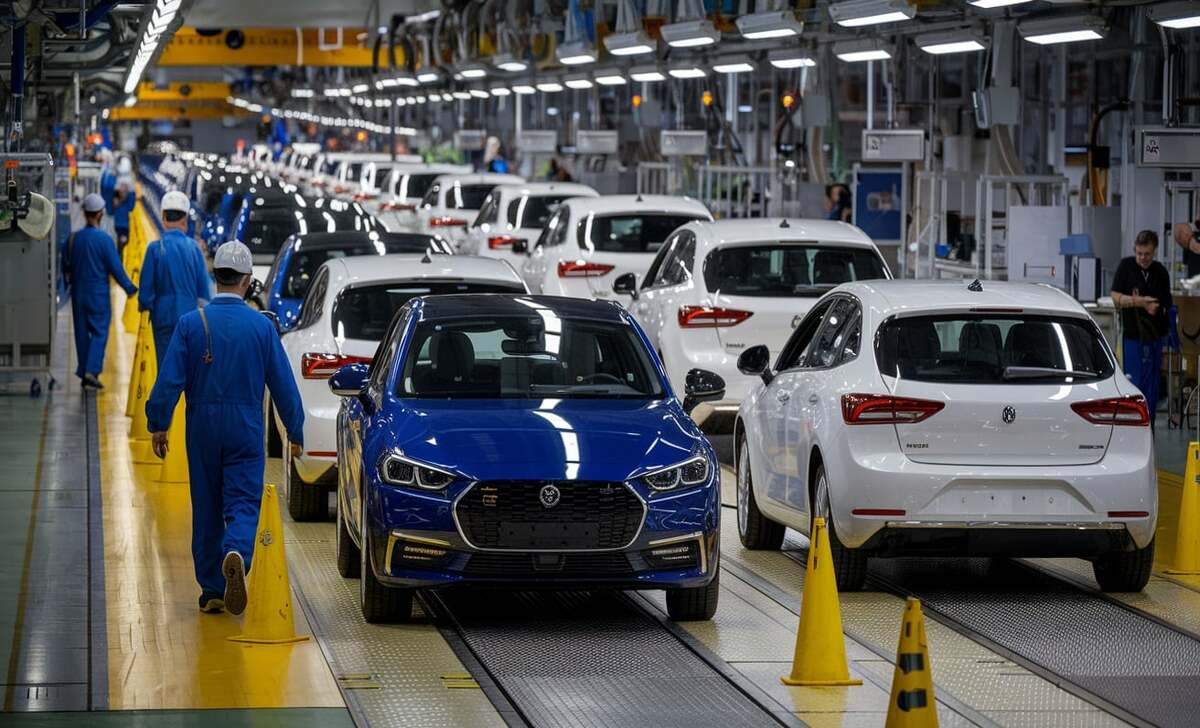
Despite long-term benefits, restructuring comes with high R&D expenditure and investment in production facilities. Shifting toward electric mobility requires extensive financial commitments, which can strain cash flow in the short term. If FY 2025 guidance and FY 2024 actuals do not align with projections, profitability may be affected.
2. Potential Workforce Reductions
Automation and digitalization in supply chain management and production may lead to job reductions. Employees in roles related to internal combustion engine manufacturing could face challenges as the company shifts to electric vehicles. Balancing innovation with workforce retention remains a critical concern.
3. Supply Chain Vulnerabilities
Although restructuring aims to strengthen supply chain management, external factors like geopolitical tensions and material shortages still pose risks. The reliance on raw materials for electric mobility, such as lithium for batteries, can cause disruptions. Even with material adjustments, unexpected supply shortages could affect production and group revenue.
4. Market Uncertainty And Consumer Acceptance
While the transition to electric mobility aligns with sustainability goals, some key markets still prefer internal combustion engine vehicles. If consumers in emerging markets resist the shift to electric vehicles, Mercedes-Benz Group AG may struggle with level performance in those regions. Market conditions remain unpredictable, making adaptability essential.
5. Challenges In Implementing Forward-Looking Strategies

Many forward-looking statements in restructuring plans depend on industry trends, regulatory policies, and technological breakthroughs. While Mercedes-Benz Cars is investing in automotive innovation, unexpected technological barriers or regulatory changes could slow progress. Daimler Truck AG has also experienced similar restructuring challenges, proving that long-term projections carry inherent risks.
Future Outlook And Guidance

Mercedes-Benz Group AG sets ambitious FY 2025 guidance. The company prioritizes electric mobility expansion and mobility services to drive future growth. It plans to improve level performance, enhancing both revenue and technological progress.
Divisional guidances indicate a focus on profitability and market leadership. By restructuring operations, Mercedes-Benz AG aims to sustain long-term success in a competitive landscape.
Case Study Of Transformation
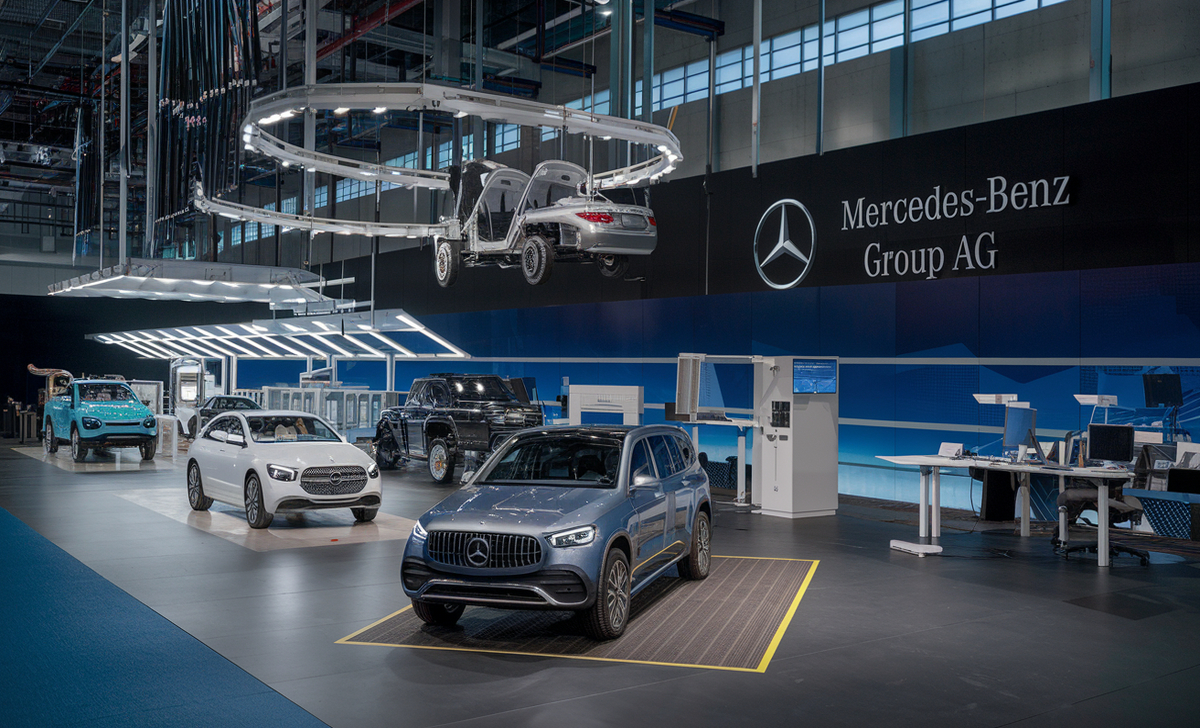
The Mercedes-Benz Group AG restructuring presents a case study in industry transformation, showcasing how a legacy automaker adapts to modern challenges. With a focus on automotive innovation, sustainability, and financial stability, Mercedes-Benz is redefining its position in the automotive industry.
This transformation is not just about operational changes but also about strategic foresight in an era of rapid technological advancements and shifting consumer preferences.
Shifting From Daimler AG To A New Era
The restructuring marks a significant evolution from the Daimler AG era. With the separation of Daimler Truck AG, Mercedes-Benz Group AG now operates with a refined focus on luxury and electric mobility. This shift allows the company to optimize resources, enhance brand value, and strengthen its commitment to renewable energy and digitalisation.
Key aspects of this transformation include:
- Commitment to Electric Mobility
- R&D Expenditure for Future Growth
- Efficient Supply Chain and Production
- Financial Stability and Cash Flow Management
Improved adjusted cash conversion rate strengthens the company’s ability to invest in innovation without compromising cash flow. Mercedes-Benz Financial Services and Mercedes-Benz Bank are key in supporting customers and boosting revenue.
Navigating Market Challenges And Competition
Despite its strategic advantages, Mercedes-Benz Group AG faces stiff competition from industry giants like General Motors and emerging EV manufacturers. Market conditions remain volatile, requiring constant adaptation. The company must balance profitability with sustainability while ensuring that its premium brand image remains intact.
Lessons From The Transformation
This case study highlights the importance of adaptability in an evolving industry. Mercedes-Benz Group AG has demonstrated that a traditional automaker can secure long-term success by prioritizing R&D expenditure, electric mobility, and an efficient supply chain. With FY 2025 guidance outlining continued innovation and strategic growth, Mercedes-Benz sets a benchmark for the future of automotive innovation.
Conclusion
Mercedes-Benz Group is undergoing a major transformation to maintain leadership in the automotive industry. This internal restructuring optimizes supply chain management, enhances cash flow, and strengthens technological advancements. By embracing electric mobility, Mercedes-Benz AG aligns with evolving consumer preferences and sustainability goals.
The company’s forward-looking statements and commitment to financial services ensure readiness for future challenges. With strong leadership, investment in R&D expenditure, and a refined product strategy, Mercedes-Benz Group AG is set to thrive in the global automotive industry.
Frequently Asked Questions
1.Why Is Mercedes-Benz Restructuring Its Management?
Mercedes-Benz is restructuring its management to enhance agility and efficiency in response to evolving market dynamics and technological advancements. This initiative aims to streamline decision-making processes and better align the organization with its strategic goals.
2.What Changes Are Being Made To The Board Of Management?
The Supervisory Board of Mercedes-Benz Group AG has announced that, in 2025, esteemed board members Sabine Kohleisen, Renata Jungo Brüngger, and Hubertus Troska will retire as their contracts expire. New appointments include Olaf Schick, Mathias Geisen, and Oliver Thöne, bringing fresh perspectives to the leadership team.
3.How Will The Restructuring Impact Mercedes-Benz’s Global Operations?
The restructuring is designed to optimize global operations by reducing complexity and enhancing efficiency. This includes streamlining organizational structures and processes to respond more swiftly to market demands and technological changes.
4.What Is The Role Of Mercedes-Benz Mobility In The Restructuring?
Mercedes-Benz Mobility AG is adapting its global organizational structure to align with the company’s transformation process. This involves reducing complexity and increasing speed and efficiency in implementing strategic initiatives, particularly in expanding digital services and flexible financial products.
5.How Does The Restructuring Affect Mercedes-Benz’s Approach To Innovation?
The restructuring emphasizes a stronger focus on innovation by prioritizing research and development in areas like electric mobility and digitalization. This strategic shift aims to position Mercedes-Benz as a leader in sustainable and technologically advanced automotive solutions.
6.Will There Be Any Impact On Employees Due To The Restructuring?
The restructuring includes offering buy-outs to staff and reducing planned salary increases as part of a broader cost-cutting initiative. While production workers are not affected, and no redundancies are planned, the company aims to reduce the workforce through voluntary redundancies and natural attrition gradually.
7.How Does The Restructuring Align With Mercedes-Benz’s Sustainability Goals?
The restructuring aligns with Mercedes-Benz’s sustainability goals by enhancing the focus on electric mobility and renewable energy. This strategic direction supports the company’s commitment to reducing its environmental footprint and promoting sustainable transportation solutions.
8.What Are The Financial Implications Of The Restructuring?
The restructuring aims to improve financial stability by optimizing operations and reducing costs. This includes plans to cut production costs by 10% over the next few years, enhancing the company’s competitiveness and profitability.
9.How Will The Restructuring Impact Mercedes-Benz’s Product Strategy?
The restructuring supports a robust product and technology launch campaign, with plans for dozens of new or refreshed models until 2027. This includes introducing a coherent, status-oriented design language across the entire portfolio to strengthen the brand’s market position.
10.What Challenges Does Mercedes-Benz Face During This Restructuring?
Mercedes-Benz faces challenges such as managing workforce reductions, addressing competition in key markets like China, and adapting to fluctuating demand for electric vehicles. The company must navigate these complexities to ensure the restructuring leads to sustained growth and innovation.